Vitamins are our friends!
Having a good nutritious lifestyle is an important. Some people think that vitamins are not as important as all of the other nutrients like carbohydrates, fats, and protein, but vitamins are a critical part of our nutritious lifestyle. Vitamins help aid us in ways that we do not always notice.
Vitamins are different than the other nutrients like fat and proteins. With vitamins, we don’t need as large of an amount in our system. Also, another difference is that vitamins are not used as an energy source, like fats, carbohydrates, and proteins. Vitamins often work together to get their jobs done, so having a deficiency of one can cause a profound amount of health problems. Vitamins are separated into two different categories: Fat-soluble vitamins, and water soluble vitamins. The difference between fat-soluble and water-soluble vitamins are the way our body absorb, transport, and store the vitamins. When the body takes in fat-soluble vitamins it is capable to take in an excessive amount. The body it will store the excess vitamins for a later use. Water-soluble vitamins do the opposite, if the body takes too many of them in the body will reject them, and urinate the excess amount out. (Paul Insel, 2013)
The fat-soluble vitamins are classified as: Vitamin A, D, E, and K. Each of these vitamins have a different purpose for our bodies. (Paul Insel, 2013)
Vitamin A’s best known effects are in the eyes. Vitamin A helps adjust your eyes when walking into a dark or lightly light room. Vitamin A helps in the growth, development, and division of cells. It is also a big part of bone production and the continued growth of bones. Vitamin A takes a big part in proper growth, and development in the body. Some food sources of vitamin A are deep-yellow vegetables, and dark leafy vegetables. Spinach, broccoli, lettuce, green beans, carrots, sweet potatoes, mangos, and even milk. Liver is actually the riches source of vitamin A, because liver stores the most of amount of vitamin A in the body. Eating any kind of animal liver can help supplement you with a good source of vitamin A! Although vitamin A deficiency is rare in North America, it is the leading cause of childhood blindness worldwide. Having too much vitamin A when a women is pregnant can be dangerous. Too much vitamin A can cause birth defects, including cleft palate, heart abnormalities and brain malfunction. (Paul Insel, 2013)
Vitamin D is called the sunshine vitamin because when the rays of the sun hit the skin they convert cholesterol to vitamin D. Vitamin D is also an essential part of bone development and growth, it helps prevent bone loss, and fractures. Vitamin D also protects us from cancers, and other chronic diseases. Vitamin D is currently under investigation in prevention of cardiovascular disease, type 2 diabetes, and cancer. Sources of vitamin D would be: exposure to the sunlight, cod liver oil, Sardines canned with the bones, fortified milk, and fortified cereals. As you can see there are not as many sources of vitamin D, so it is vital that you spend an adequate time in the sun when it is at its peak time during the day. Vitamin D deficiency damages bone, making them soft and weak. Babies with vitamin D deficiency acquire a condition called “rickets”. Rickets make the legs bend and bow under their weight as the child start to walk. In the United States and Canada nutritional rickets was eliminated by fortifying milk and infant vitamin supplements with vitamin D. (Paul Insel, 2013)
Vitamin E is stored in 90% of the body fat, unlike vitamin A, and D, they are primarily stored in the liver. Vitamin E is our body’s major fat-soluble antioxidant. Which means it protects polyunsaturated lipids in cell membranes, in the blood. Some studies have shown that maybe high intakes of antioxidants like vitamin E can lower the risk of chronic diseases, especially heart disease. It is also recommend to not take Vitamin E supplements in excess amounts, it is best to get your vitamin E from natural sources. Some natural sources would be sunflower seeds, almonds, peanuts, soybean oil, tomato paste, and spinach. Vitamin E deficiency is rare in humans, in adults is takes 5 to 10 years of deficiency before symptoms emerge. Vitamin E deficiency occurs mostly in people with fat malabsorption, or rare genetic disorders. (Paul Insel, 2013)
Vitamin K is known as the vitamin that is helpful in clotting the blood. Without vitamin K you would bleed to death by one single cut. Vitamin K is stored in the liver, and unlike other fat-soluble vitamins the liver breaks down vitamin K, and eliminates it. Making the stored up supply deplete rapidly. Some great sources of vitamin K are plan foods. Green leafy vegetables such as spinach, broccoli, Brussel sprouts, and turnip greens. Certain plant oils, margarine, spreads, and salad dressings are other important sources of vitamin K. Vitamin K deficiency is also rare. However, newborn babies have a lack of vitamin K-producing intestinal bacteria, so they are at a higher risk for vitamin K deficiency. (Paul Insel, 2013)
It is important to know that when consuming vitamins to not over dose on vitamin supplements, this could be dangerous, and toxic for the body. Never worry about overdosing on vitamins that come from foods or natural sources, these are not dangerous, or toxic. (Paul Insel, 2013)
Vitamins are an essential part of nutrition, they may not be the biggest and most marketed nutrient out there but they are still important. They help us in all sorts of way that we may take for granted. Vitamins are our friends.
 Post title...
Post title...
 Post title...
Post title...
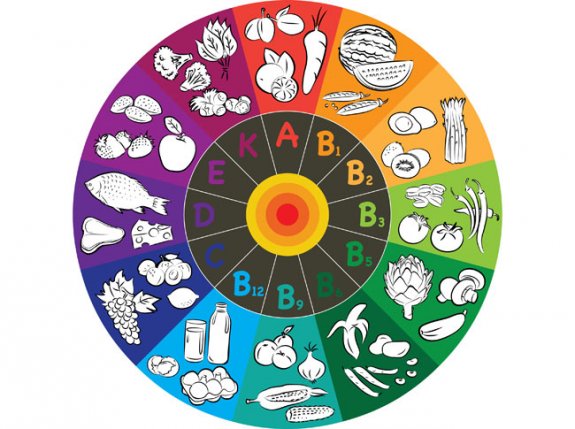
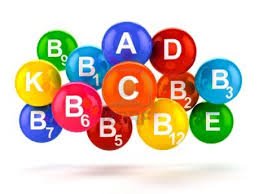
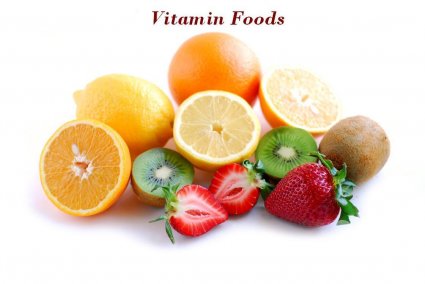
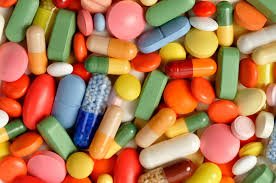
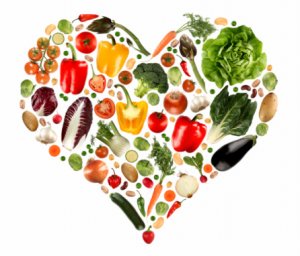
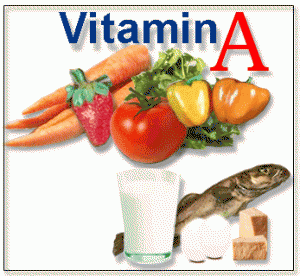

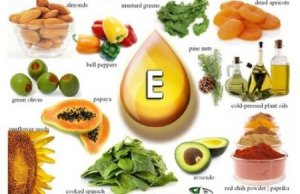
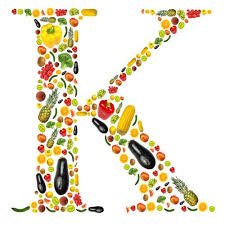
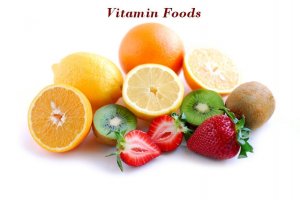
 Elizabethtiernan
Elizabethtiernan